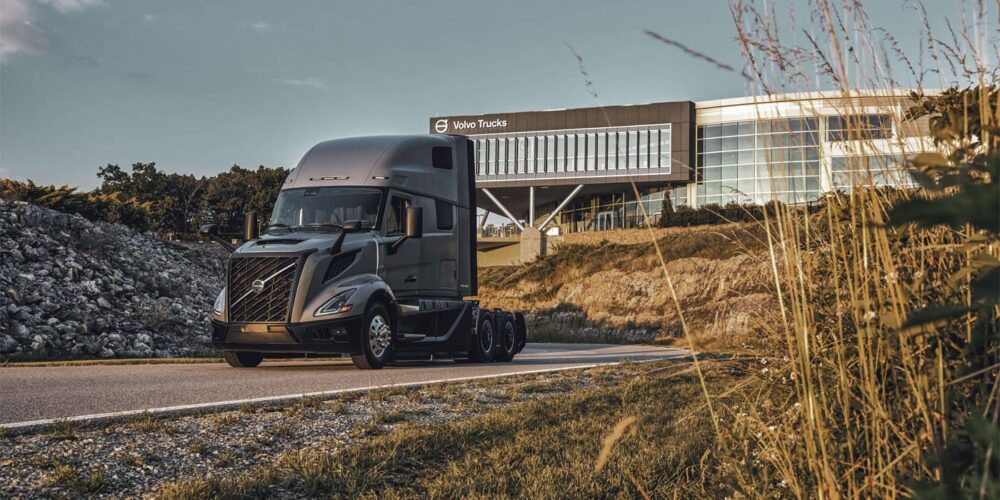Currently, there is discussion in the industry that has the potential to affect tire selection. Ironically, tires themselves aren’t really the issue.
The use of new generation wide single tires, primarily the 55 Series designed for over-the-road use, replacing traditional dual sets, is at the heart of the issue. In order to maintain approximately the same overall track width as duals, virtually all of the wheels used to fit the wide single tires are made with a 2-in. positive offset, actually an outset.
This outset changes the distribution of wheel end loading between the inner and outer wheel bearings. Also affected are the stresses in spindles, hubs, bearings and within the axle housing. In effect, the non-centerline ––or offset––loading adds a moment arm, similar to a cantilever effect. Granted, a 2-in. offset isn’t generally considered large, but the laws of physics still apply and there’s no denying that the load input to the axle end is changed. This offset is significantly smaller than that on the heavily offset wheels now used in dual mounting if they are singled out, or even when used for single mounts on steer axles.
The reason dual wheel assemblies were introduced had much to do with carrying heavier loads and had little to do with anything else. In the period between 1917 and 1925, truck manufacturers and truckers were lobbying for heavier axle loads. Many trucks still used solid rubber tires and were slowly converting to pneumatic designs. The industry simply had neither the sophisticated designs nor the reinforcement materials (cotton was used) to make tires capable of supporting the loads that were being requested. This was a time in which “limp home” capability related only to the number of spares carried on-board. As a result, an old idea was adopted: if one works too hard, use two to make it easier. It worked with the number of horses hooked to the plow. It also worked for truck rear axles, although some considered it to be an interim measure until tire technology and reinforcement materials could catch up. For a short time, many trucks used different tire sizes front to rear, but standardization dictated new, wider-than-standard front axles to allow the offset rear wheels to be used on steer positions. This same basic geometry remains today.
The fact that dual assemblies have remained an industry standard, especially after the industry converted to modern steel radials, seems to be more due to standardization and the general resistance to change.
Duals make less sense than ever in these times of seeking efficiency enhancements such as tare weight reduction, fuel economy, elimination of inner dual valves for inflation checks and reduced parts inventory. Ride improvement, especially under lighter load conditions, would be an added benefit. Why then are the current discussions necessary? Some end-user confidence must still be lacking.
Most truckers still want the option of converting back to duals if the new tires don’t perform as expected or to assure trade-in or resale value of their used trucks. Meanwhile, we’re trying to use tomorrow’s tires on yesterday’s axles. Neither tire nor wheel load capacity is at issue here. It would seem reasonable that axle manufacturers would be willing to make wider axles available if their customers requested them. The engineering challenge would seem no greater than adding several inches of tubing length between the spring perches and spindle, resulting in a very minor cost increase. This would result in a commitment to single tires with no option to return. In the interim, we cannot take advantage of other re-engineering benefits, such as widening and lowering tank mounting points for bulk haulers, increased cube capacity of drop deck trailers and overall stability enhancement.
It is time that some end users step forward to spec’ wider axles. Those who use high value and/or specialty trailers that are operated to full life would logically be the first in line. As wider axles and zero offset wheels become more popular, confidence among van, flat bed, and other popular configuration users should increase, and we can progress beyond the present band-aid of offset wheels. Perhaps then we could even save a bit by narrowing steer axle length to use zero offset wheels up front.













